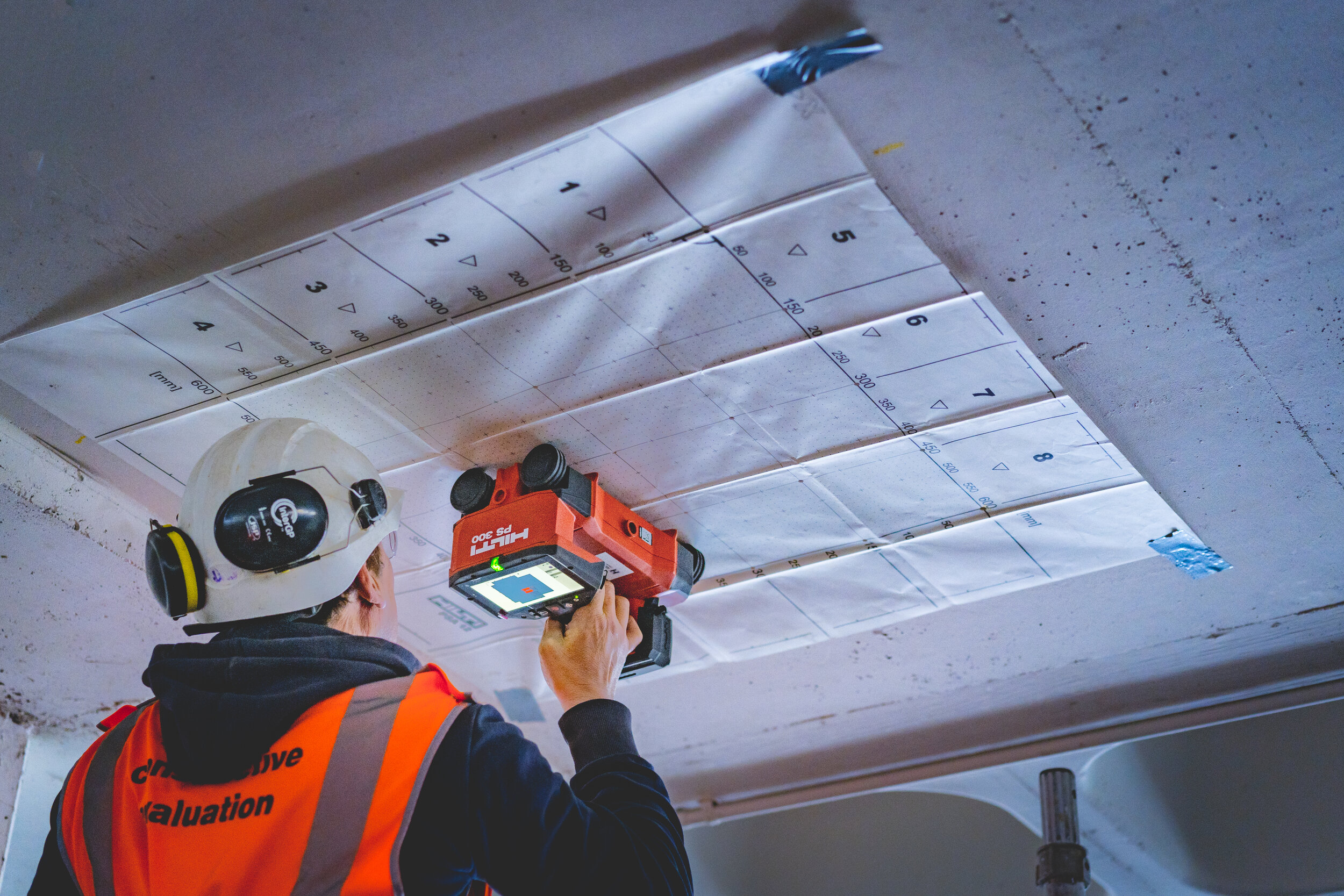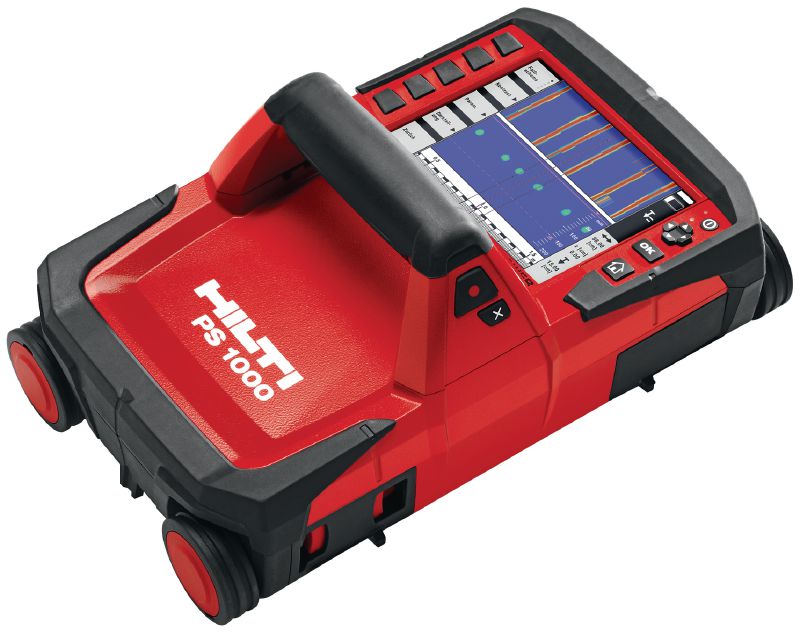The Significance of Accurate Concrete Scanning in Finding Underground Hazards
The ability to properly detect and map these underground hazards is not merely a matter of convenience however a vital element of guaranteeing the safety of both building employees and the stability of the job itself. By releasing advanced scanning modern technologies and techniques, professionals can reveal surprise risks, prevent expensive problems, and inevitably pave the method for smoother and much safer construction ventures.
Advanced Scanning Technologies for Discovery
Advanced radar systems are transforming the field of underground discovery by supplying unrivaled accuracy and efficiency. These sophisticated scanning innovations use ground-penetrating radar (GPR) to develop thorough pictures of subsurface frameworks, offering understandings into what exists beneath the surface area with remarkable quality. By giving off high-frequency pulses right into the ground and measuring the reflections, radar systems can recognize variants in product structure and find below ground dangers such as spaces, cords, and pipes.
Among the crucial advantages of these sophisticated radar systems is their non-invasive nature, enabling detailed assessments without triggering damage to the existing frameworks. This not only guarantees the safety of the surrounding setting but likewise minimizes the need for pricey repair work or interruptions to continuous building and construction tasks. In addition, the real-time data provided by these scanning innovations enables fast decision-making and improves total task effectiveness.
Relevance of Subsurface Mapping

Accurate subsurface mapping assists in preventing costly problems to existing underground facilities, reducing the risk of accidents, and keeping task timelines. It enables project supervisors to make educated choices relating to website planning, tools release, and resource allocation. In addition, subsurface mapping allows for better coordination among different teams working on a project and helps in conforming with regulatory needs connected to below ground energy detection.
Mitigating Dangers in Construction Projects
Efficient threat reduction techniques are important for ensuring the success and safety and security of building and construction tasks. Recognizing and attending to potential threats prior to they rise is crucial in preserving job timelines, budgets, and general high quality. One key facet of mitigating risks in construction tasks is thorough preparation and analysis at the initial phases. Carrying out extensive site studies, consisting of accurate concrete scanning for below ground risks, can assist in recognizing possible concerns beforehand. Utilizing sophisticated innovations like ground-penetrating radar and electromagnetic induction can assist in identifying utilities, rebar, or other obstructions that may pose dangers throughout building.
Additionally, establishing clear interaction networks among all job stakeholders and making certain strict adherence to safety procedures are vital parts of threat mitigation. Regular examinations, quality control steps, and surveillance of job development can aid in identifying and resolving any kind of arising dangers promptly. In addition, having contingency strategies in position for unanticipated obstacles can considerably minimize the impact of interruptions on the task. By proactively applying robust danger reduction techniques, building jobs can lessen delays, expense overruns, and safety and security incidents, inevitably resulting in effective task end results.

Stopping Expensive Damages and Hold-ups
To lessen economic losses and task obstacles, effective techniques must be executed to avoid costly damages and delays in building tasks. Determining these blockages early on helps in preparing the project design a lot more efficiently and avoiding prospective damages during excavation.
Furthermore, buying training programs for building and construction employees on the value of concrete scanning and secure excavation practices can significantly lower the threat of crashes and Click This Link delays. Clear interaction channels in between job managers, designers, and on-site employees are additionally this content necessary to ensure that everyone recognizes the possible threats and adheres to the necessary protocols to avoid costly damages. By prioritizing positive actions like concrete scanning and promoting a culture of safety and awareness, building and construction projects can lessen the financial impact of unanticipated below ground blockages and prevent costly delays.
Ensuring Security of On-Site Personnel
By focusing on proactive procedures such as comprehensive training programs and clear communication channels, building tasks can ensure the safety and security of on-site employees amidst the prospective dangers spotted through concrete scanning. Appropriate training gears up workers with the expertise and abilities needed to navigate building websites securely, specifically when dangers are identified with scanning processes. Training needs to cover threat recognition, emergency situation treatments, and the proper utilization of individual safety devices to mitigate dangers effectively.
Additionally, developing clear communication channels is crucial for distributing information concerning determined risks quickly. This guarantees that all on-site workers recognize prospective risks and can take essential preventative measures to avoid mishaps. Normal security instructions, toolbox talks, and regular updates relating to scanning results help keep every person notified and proactive in maintaining a risk-free workplace.
Moreover, implementing strict adherence to safety protocols and laws, conducting routine safety and security audits, and fostering a culture of safety and security awareness among workers are essential parts in ensuring the wellness of on-site employees during construction jobs - RainierGPR Concrete Scanning. Positive precaution not only secure workers from injury but also contribute to the total success and performance of the job
Conclusion
Using sophisticated scanning technologies and subsurface mapping assists alleviate dangers in construction tasks, preventing pricey damages and hold-ups. It is essential for building business to focus on the use of accurate scanning methods to decrease possible hazards and make certain a smooth construction procedure.

By proactively executing durable threat mitigation approaches, construction important source tasks can decrease hold-ups, cost overruns, and safety and security occurrences, ultimately leading to effective project outcomes. - RainierGPR Concrete Scanning
To reduce financial losses and job setbacks, reliable strategies should be executed to avoid costly problems and delays in construction projects. By focusing on aggressive actions like concrete scanning and promoting a society of security and understanding, building and construction tasks can reduce the financial influence of unanticipated underground obstructions and stay clear of expensive delays.
By prioritizing proactive actions such as detailed training programs and clear communication channels, building and construction projects can make certain the security of on-site workers amidst the potential dangers detected with concrete scanning. Utilizing innovative scanning innovations and subsurface mapping assists alleviate risks in building tasks, preventing costly damages and delays.